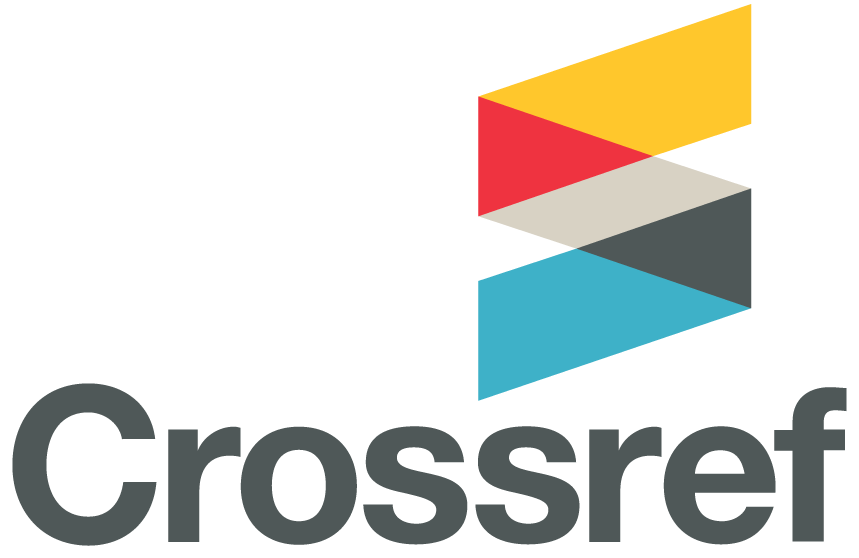Evaluation the effect of pulp polyp on periapical area of primary and permanent dentition: Periapical radiographic Iraqi study
DOI:
https://doi.org/10.32828/mdj.v14i1.780Keywords:
Key words: Proliferative pulpitis, periapical radiograph, primary, permanent, pulp polyp.Abstract
Introduction:The pulp polyp (PP), also known as chronic hyperplastic pulpitis or
proliferative pulpitis, is a type of inflammatory hyperplasia. It occurs in a vital
tooth with a good blood supply when the pulp has been exposed to caries or
trauma.
Objective: The aim of this study to evaluate different radiographic periapical changes
of primary and permanent dentition in clinically detected pulp polyp patients.
Materials and Methods: Patients who were clinically diagnosed with pulp polyp
were subjected to radiographic examination. Digital intraoral periapical
radiographs of 70 patients with pulp polyp were taken. Various periapical changes
of primary and permanent dentition in the digital radiographs were recorded . The
data obtained was subjected to statistical analysis using SPSS version 16.0.
Result: All 70 patients showed definite periapical changes. Out of which periodontal
ligament (PDL) space widening was seen in all 70 cases (100%), lamina dura
discontinuity was observed in 50 cases (71.43%), periapical rarefying osteitis was
noted in 20 cases (28.57%), condensing osteitis was accounted in ten cases
(14.29%), periapical granuloma was observed in six cases (8.57%),
hypercementosis was accounted in nine cases (12.86%) , root resorption and
periapical cyst was observed in eight cases each (11.43%).
Conclusions: The results of the present study showed that majority of the pulp polyp
patients observed at young age group in both gender and the majority of the pulp
polyp patients were associated with definite periapical changes that suggested
being a periapical lesion.
Downloads
Published
Issue
Section
License
The Journal of Mustansiria Dental Journal is an open-access journal that all contents are free of charge. Articles of this journal are licensed under the terms of the Creative Commons Attribution International Public License CC-BY 4.0 (https://creativecommons.org/licenses/by/4.0/legalcode) that licensees are unrestrictly allowed to search, download, share, distribute, print, or link to the full texts of the articles, crawl them for indexing and reproduce any medium of the articles provided that they give the author(s) proper credits (citation). The journal allows the author(s) to retain the copyright of their published article.
Creative Commons-Attribution (BY)








